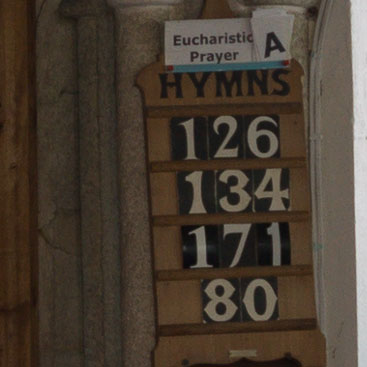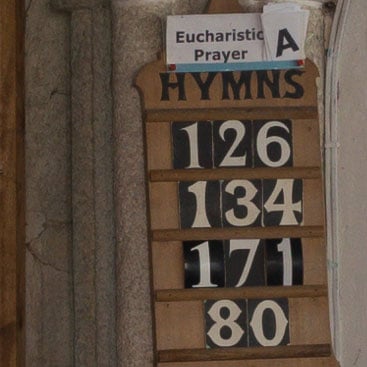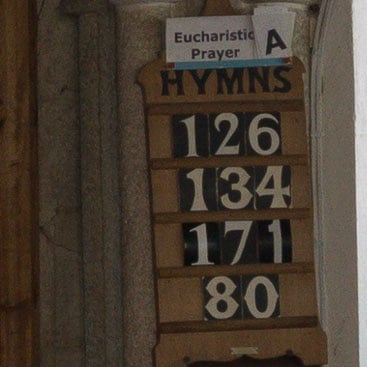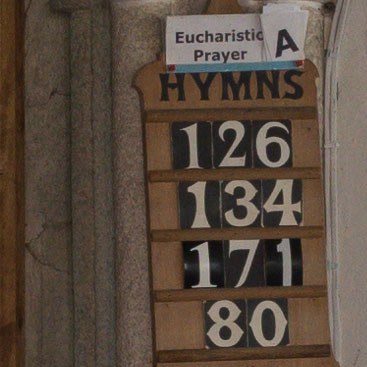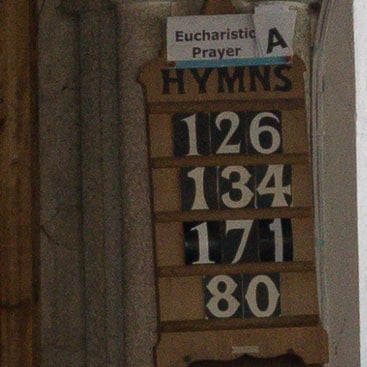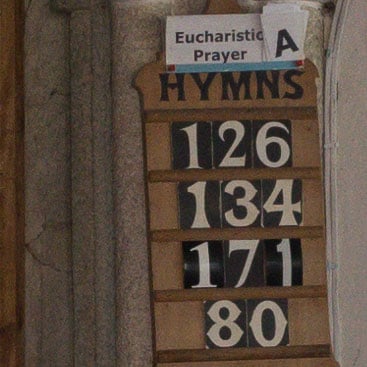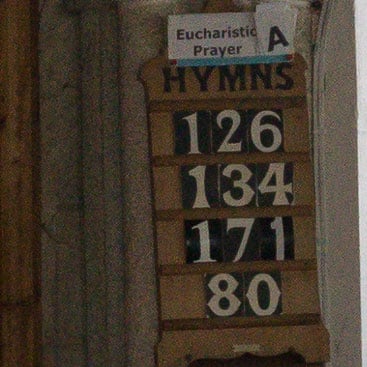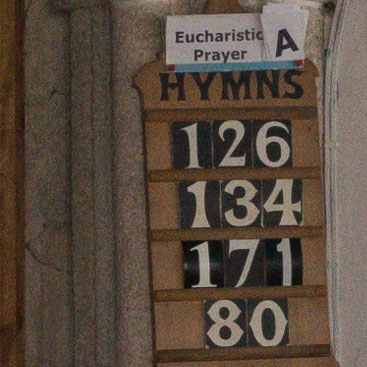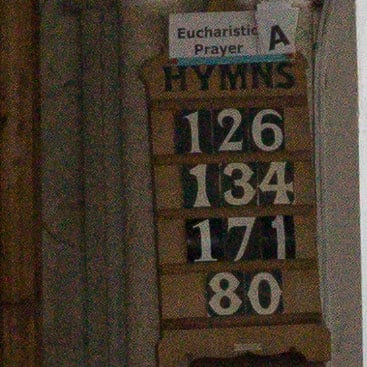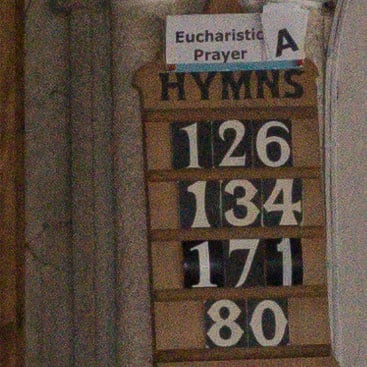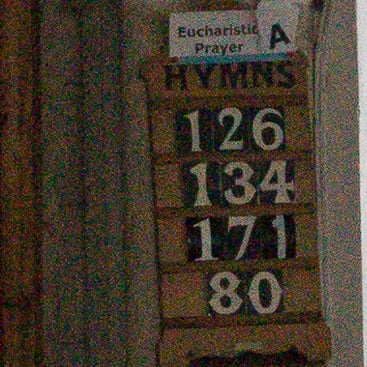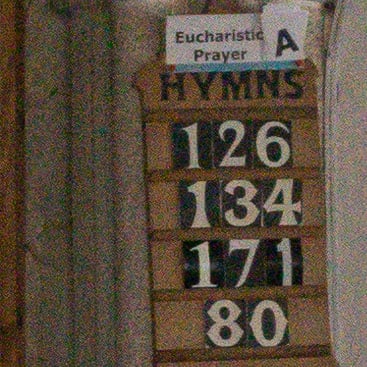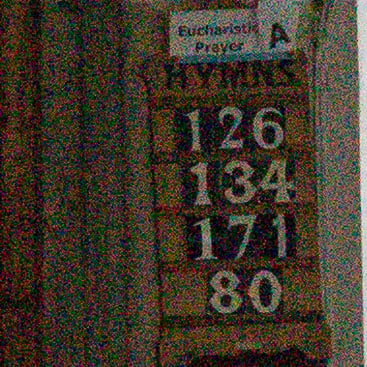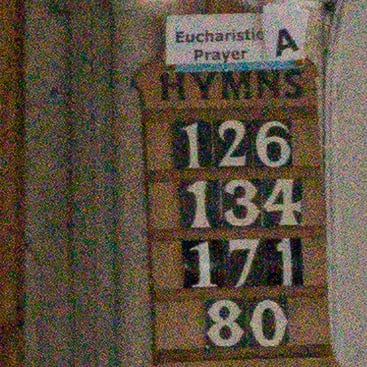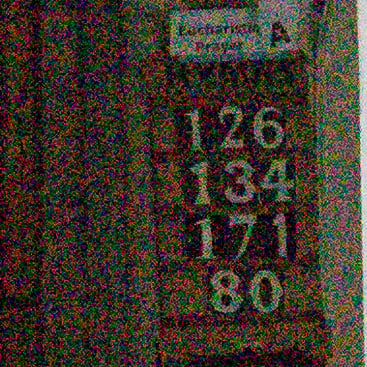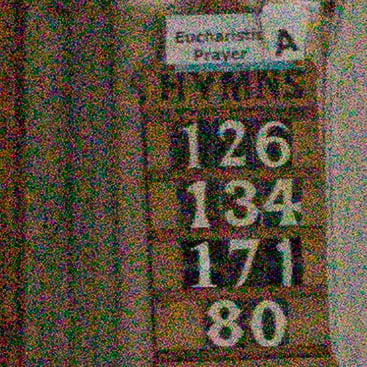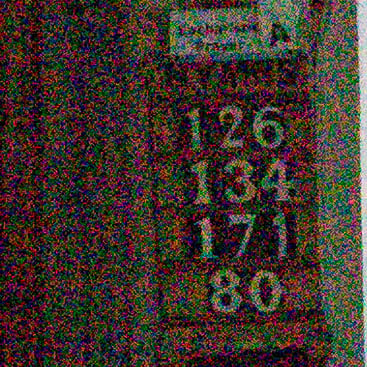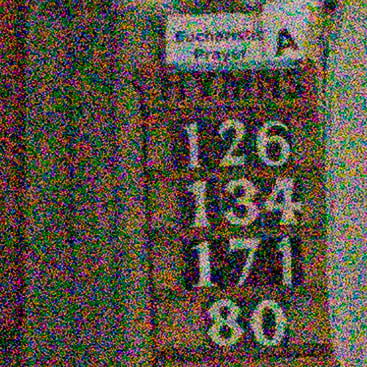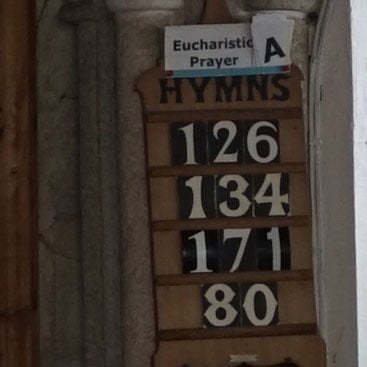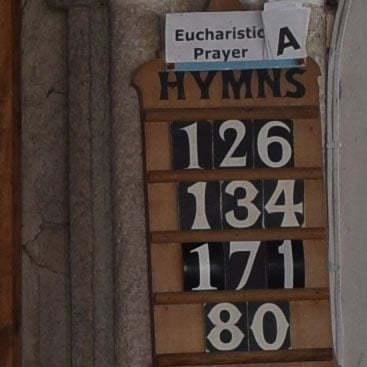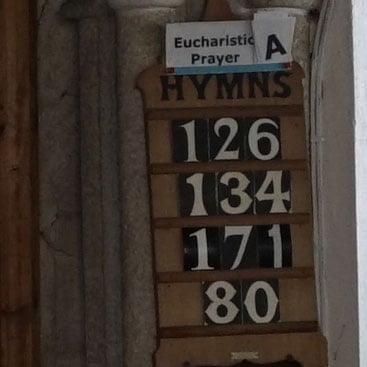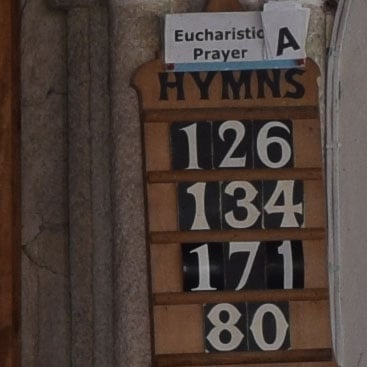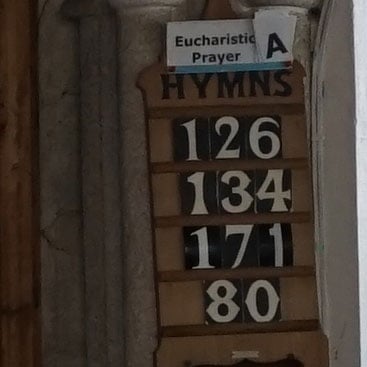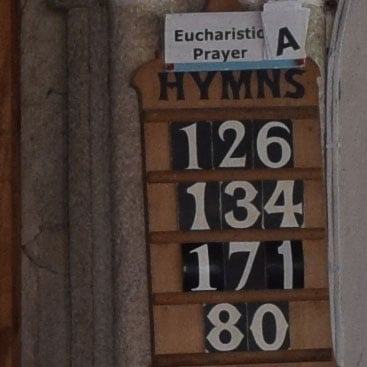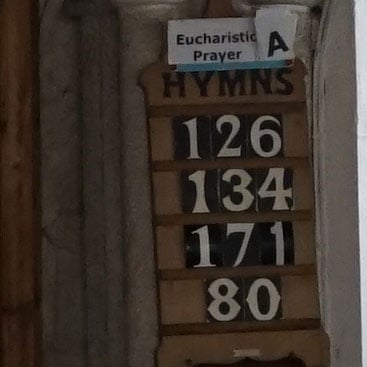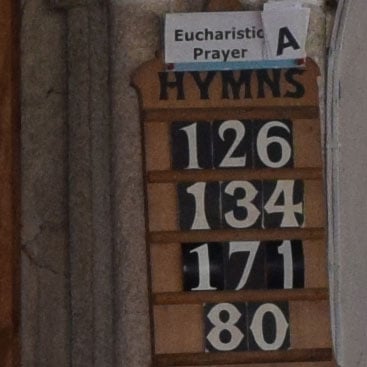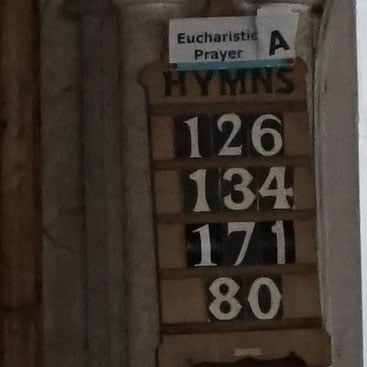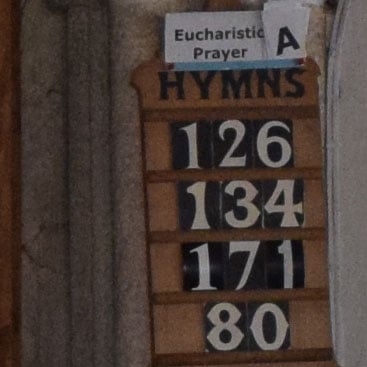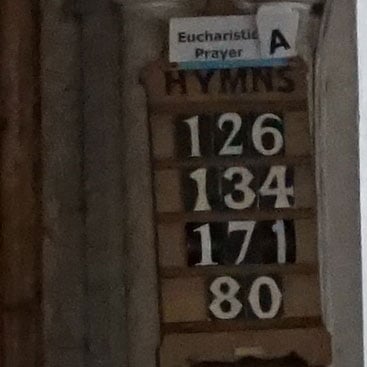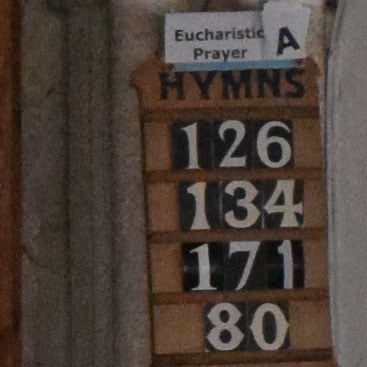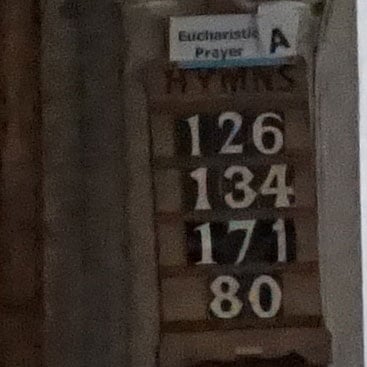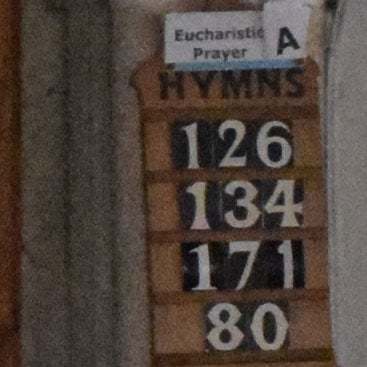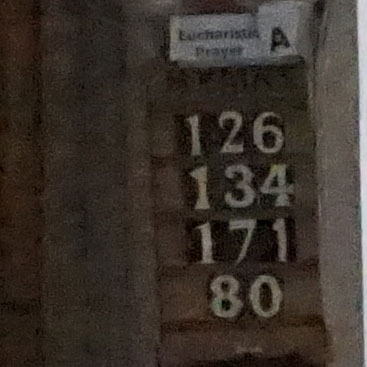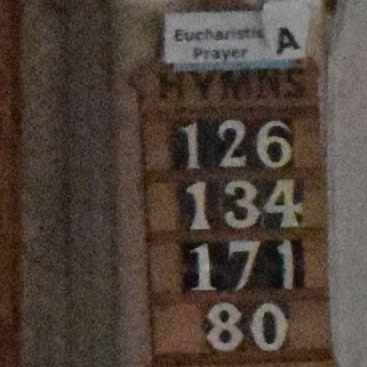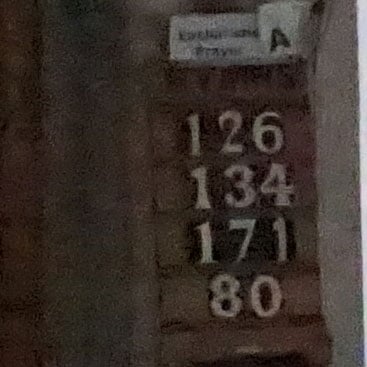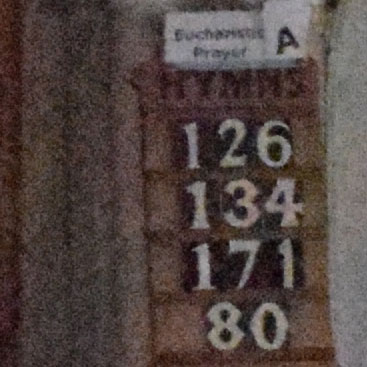Sony Alpha A5000 review
-
-
Written by Ken McMahon
Quality
Sony A5000 vs Nikon D3300 JPEG
To compare real-life performance I shot this scene with the Sony A5000 and the Nikon D3300 within a few moments of each other using their best quality JPEG settings.
For this test the 16-50mm kit lens on the Sony A5000 was zoomed in a little to match the 18mm wide angle on the Nikon D3300’s 18-55mm kit lens.
I’d previously determined that the best quality on the A5000 was produced when the aperture was set to f5.6, so both models were set to f5.6 in Aperture Priority mode.
For this test the cameras were mounted on a tripod and image stabilisation was disabled. RAW results follow on the next page.
The image above was taken with the Sony A5000. The camera was set to Aperture Priority mode and at f5.6 metered an exposure of 1/800 with the sensitivity set to 100 ISO. The Nikon D3300, also set to f5.6 metered the same exposure – 1/800 at 100 ISO.
Before we get to the crops, just a couple of things to note about the respective sensors in the A5000 and D3300. The A5000’s 20.1 Megapixel sensor produces crops with a larger area and smaller detail than those of the 24.2 Megapixel D3300. The second thing worthy of note is that the D3300 has no optical low pass filter. So with a higher pixel count and no OLPF you might expect the Nikon D3300 to deliver more detail. Lets see if that’s the case.
In the first crop, from close to the left edge of the frame the crop from the D3300 certainly looks a little sharper, but I wouldn’t say there’s more detail there. Despite selecting the same exposure the D3300 crops look a little darker and there’s less shadow detail. So, though the detail in the top half of this crop is sharper on the D3300, the bottom is inconclusive.
In the second crop from closer to the middle of the frame I think the D3300 does better than the A5000 with not only sharper edges but more fine detail. Compare the front face of the church tower and the roofs of the buildings in the foreground. Interestingly, though, in the next crop the situation is reversed and here the Sony A5000 delivers sharper edges with more detail visible in the lightouse and its rocky island. The same is true of the fourth crop, with softer detail from the Nikon D3300 and the A5000 looking a lot sharper in comparison.
It seems likely that what were seeing here is more to do with the limitations of the respective kit lenses on these two models than their sensors. If you take the second crop in isolation, the D3300 has a little bit of an edge, but there’s not a lot in it. It suggests that both sensors are probably capable of delivering more detail with a better lens. Of course with entry levels models like these it’s likely that the kit lens is going to be the main and possibly the only option for many people.
I shot this in RAW+JPEG and you can find out how the former looks in my Sony A5000 RAW quality results. Alternatively, to see how they compare at higher sensitivities check out my Sony A5000 noise results.
Sony A5000 JPEG | Nikon D3300 JPEG | |
 |  | |
f5.6, 100 ISO | f5.6, 100 ISO | |
 |  | |
f5.6, 100 ISO | f5.6, 100 ISO | |
 |  | |
f5.6, 100 ISO | f5.6, 100 ISO | |
 | 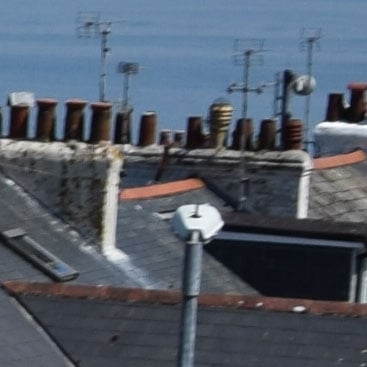 | |
f5.6, 100 ISO | f5.6, 100 ISO |
Sony A5000 vs Nikon D3300 RAW quality
To compare real-life RAW performance I shot this scene with the Sony A5000 and the Nikon D3300 within a few moments of each other using their RAW modes.
For this test the 16-50mm kit lens on the Sony A5000 was zoomed in a little to match the 18mm wide angle on the Nikon D3300’s 18-55mm kit lens
I’d previously determined that the best quality on the A5000 was produced when the aperture was set to f5.6, so both models were set to f5.6 in Aperture Priority mode. For this test the cameras were mounted on a tripod and image stabilisation was disabled.
In my comparison below you can see how the Sony A5000 compares against the Nikon D3300 when both cameras are set to RAW and their images processed with Adobe Camera RAW using identical settings: Sharpening at 50 / 0.5 / 36 / 10, Luminance and Colour Noise Reduction both set to zero, the White Balance set to 5500K / +10 tint, and the Process to 2012 with the Adobe Standard profile; ACR loaded lens profiles for both images and I enabled their correction along with CA correction. The high degree of sharpening with a small radius enhances the finest details without causing undesirable artefacts, while the zero noise reduction unveils what’s really going on behind the scenes.
Before we get to the crops, just a couple of things to note about the respective sensors in the A5000 and D3300. The A5000’s 20.1 Megapixel sensor produces crops with a larger area and smaller detail than those of the 24.2 Megapixel D3300. The second thing worthy of note is that the D3300 has no optical low pass filter. So with a higher pixel count and no OLPF you might expect the Nikon D3300 to deliver more detail. Lets see if that’s the case.
This is a very interesting result in light of what we saw from the JPEGs on the previous page where the D3300 looked marginally better in the middle of the frame but worse than the A5000 in the other crops. In these RAW crops the A5000 produces superior results to the D3300 across the board with sharper edges and better definition in all the crops. There’s a little bit of softness in the final A5000 crop, but its results are much more consistent than the D3300’s which are better in the middle than at the edges. But if you compare the two 2nd row crops from close to the centre of the frame, where lens quality is less of a factor, there’s clearly more detail in the A5000 crops. But once again, both models are being held back by their respective kit lenses here.
Next check out my Sony A5000 noise results, followed by my Sony A5000 RAW noise analysis, or skip to my Sony A5000 sample images or my verdict.
Sony A5000 RAW | Nikon D3300 RAW | |
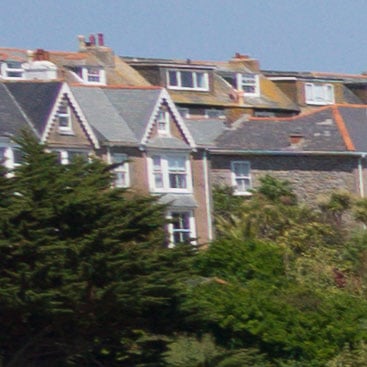 |  | |
f5.6, 100 ISO | f5.6, 100 ISO | |
 |  | |
f5.6, 100 ISO | f5.6, 100 ISO | |
 |  | |
f5.6, 100 ISO | f5.6, 100 ISO | |
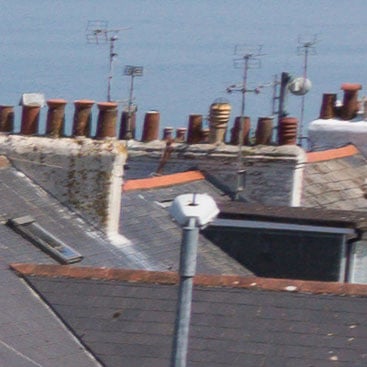 | 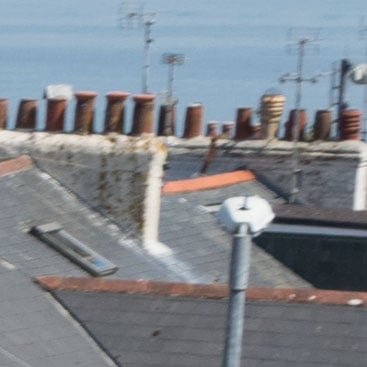 | |
f5.6, 100 ISO | f5.6, 100 ISO |
Sony A5000 vs Nikon D3300 noise RAW
To compare RAW noise levels under real-life conditions, I shot this scene with the Sony A5000 and the Nikon D3300 within a few moments of each other using their RAW modes at each of their ISO sensitivity settings.
For this test the 16-50mm kit lens on the Sony A5000 was zoomed in a little to match the 18mm wide angle on the Nikon D3300’s 18-55mm kit lens.
I’d previously determined that the best quality on the A5000 was produced when the aperture was set to f5.6, so both models were set to f5.6 in Aperture Priority mode. For this test the cameras were mounted on a tripod and image stabilisation was disabled.
In my comparison below you can see how the Sony A5000 compares against the Nikon D3300 when both cameras are set to RAW and their images processed with Adobe Camera RAW using identical settings: Sharpening at 50 / 0.5 / 36 / 10, Luminance and Colour Noise Reduction both set to zero, the White Balance set to 4500K, and the Process to 2012 with the Adobe Standard profile; ACR loaded lens profiles for both images and I enabled their correction along with CA correction. The high degree of sharpening with a small radius enhances the finest details without causing undesirable artefacts, while the zero noise reduction unveils what’s really going on behind the scenes.
As with the outdoor test crops, these RAW high ISO noise crops make for interesting viewing given what we saw with the JPEGS. As then, both models get off to a good start with clean 100 ISO crops, and, as before there are very marginal increases in noise at each 1EV step up the sensitivity scale. At 800 ISO there is a more marked increase in the noise than we saw in the JPEGS, so this is the point at which in-camera noise processing starts to work its magic, both sets of crops are still pretty evenly matched here.
Here’s where it starts to get interesting, at 1600 ISO it looks like the A5000 crop is a tiny bit noisier than the D3300 one. At 3200 ISO there’s no doubt though, the A5000’s sensor is producing more noise than D3300. From here on up the gap gets a little wider with every step, and by 12800 ISO, though both crops look pretty awful, there’s about a stop difference.
Now head over to my Sony A5000 sample images to see some more real-life shots in a variety of conditions, or head straight for my verdict.
|
Sony A5000 vs Nikon D3300 Noise JPEG
To compare noise levels under real-life conditions, I shot this scene with the Sony A5000 and the Nikon D3300 within a few moments of each other using their best quality JPEG settings at each of their ISO sensitivity settings.
For this test the 16-50mm kit lens on the Sony A5000 was zoomed in a little to match the 18mm wide angle on the Nikon D3300’s 18-55mm kit lens.
I’d previously determined that the best quality on the A5000 was produced when the aperture was set to f5.6, so both models were set to f5.6 in Aperture Priority mode. For this test the cameras were mounted on a tripod and image stabilisation was disabled. RAW noise results follow on the next page.
The image above was taken with the Sony A5000. The A5000 was set to Aperture Priority exposure mode and at f5.6 metered an exposure of 0.8s at its base 100 ISO sensitivity setting. The Nikon D3300, also set to f5.6 in Aperture Priority mode and 100 ISO metered the same 0.8s exposure. As usual, the crops are taken from the area marked in red above.
In the crops below we’re comparing the 20.1 megapixel sensor of the Sony A5000 alongside the 24.2 megapixel sensor of the Nikon D3300. The latter’s crops therefore show a smaller area with larger image detail. Both cameras selected the same exposure for this scene, but the D3300’s have a slightly warmer white balance.
With the same size sensor and a higher pixel count you might expect the Nikon D3300 to be noisier than the A5000, but casting your eye up and down the two columns of crops here what’s most striking is the similarity in terms of noise levels. Both models start out with very clean looking crops at 100 ISO, and as you progress up the sensitivity scale and down the table the increase in noise levels is very slight. So slight, that you have to look closely to spot the difference between adjacent crops – 200 ISO isn’t only just perceptibly noisier than 100 ISO, 400 ISO only slightly up on 200 ISO. It’s actually a little easier to spot the difference if you make a 2EV jump – 100 to 400 ISO, but even then, there isn’t a big hike in the noise levels.
Both models maintain impressively low noise levels right up to 1600 ISO where they’re both still looking very similar. Beyond that, they still look pretty good even at 3200 ISO. At 6400 ISO the noise is becoming more intrusive and in the first sign of difference, the A5000 does look a tiny bit clumpier than the D3300 crop. The same is true of 12800 ISO and the A5000 crops also begin to look more desaturated, though that might just be a consequence of the warmer colour balance in the D3300 crops.
So at the very top of the ISO sensitivity range the Nikon D3300 would appear to have a bit of an advantage over the lower resolution A5000, but below 6400 ISO there really isn’t anything in it.
While the D3300 tops out at 12800 ISO compared with 16000 ISO on the A5000, the latter offers composite modes that produce lower noise results at high ISO settings including Handheld Twilight mode which sets the ISO automatically. It’s a little disappointing not to see Multi Frame Noise Reduction, which allows you to set the ISO manually, included, though you can always install the app for the cost of a few dollars.
Now head over to my Sony A5000 RAW noise results, or my Sony A5000 sample images, or skip straight to my verdict.
|
